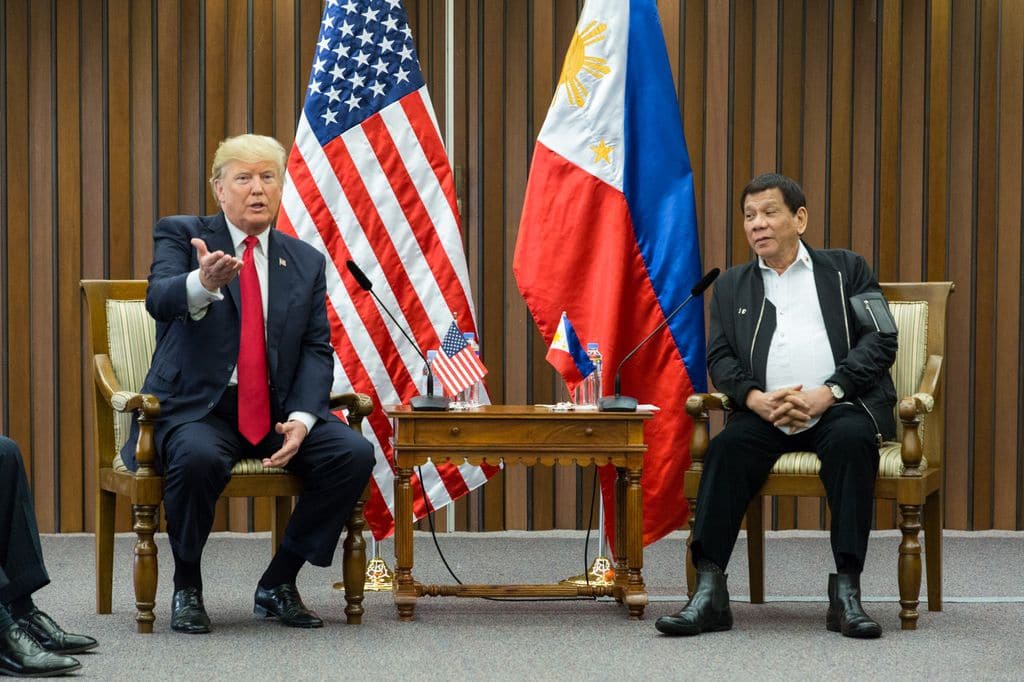
The Philippine Public Administration, as a discipline, formally began with the Bell Report, specifically the technical assistance brought in the country by the University of Michigan (UM) of the United States of America with the idea of jumpstarting the colonized country’s economic progress after the world wars. In 1952, the Institute of Public Administration (IPA) was established in the University of the Philippines patterned after UM’s curriculum. It was created to provide a training program that would boost the professionalization of the country’s civil service. Mr. James K. Pollock (chair of Political Science) and Mr. John W. Lederle (director of IPA), both from the UM, came in the Philippines in that same year to set the Institute in motion. They created the Institute’s library, managed a two-pronged program (includes an in-service training for government employees and an academic program for university students), and crafted a program for research and publication. The second technical assistance from the USA was from Harvard University in 1978 to introduce public policy in the school’s curriculum (Reyes, 2011).
Following the tradition of the American Public Administration has its own merits to boast. The works of a French magistrate named Alexis-Charles-Henri Clérel de Tocqueville, specifically his two-volume book entitled Democracy in America (1835 and 1840), reveals the glory of a democratic nation. The Jacksonian democracy, propounded by U.S.A. President Andrew Jackson, was instrumental in democratizing their government posts. This bureaucratic practice is also found in the Philippines as for instance the gates to being the National President is flung wide open to all constituents without any segregation, provided the potential presidential candidate abides by mere five criteria (outlined in Article VII, Section 2 of the 1987 Constitution): natural born Filipino; registered voter; must be able to read and write; 40 years of age at the day of the election; and, must have resided in the Philippines ten years before the election is held.
However, the Jacksonian democracy was abused as manifest in the awarding of officials based on their political loyalties. The Progressive Movement that came afterwards was a call to shift from a patronage or “spoils system” to an authentic reward and merit system found in the professionalization of their civil service through the Pendleton Act of 1883. This law is also echoed in the Philippines as can be gleaned upon in the passage of Public Law No. 5 or “An Act for the Establishment and Maintenance of Our Efficient and Honest Civil Service in the Philippine Island” that mandated civil service examinations and standard for appointments in the bureaucracy.
In my opinion, the best aspect that the Philippines obtained from lifting the Public Administration tradition of the USA is the democratic form of government (Article II Section I of the 1987 Philippine Constitution). By being a democratic government there are inherent checks and balances imposed such as having the three branches of the government (executive, judiciary and legislative) and receiving a bicameral status of Congress (Senate and House of Representatives). Through this system, what is termed by the prominent Public Administration scholar, Woodrow Wilson, as the multitudinous monarch called public opinion is much preserved.
However, even if America’s history may have its own string of victories, its veneer of friendliness found in the Philippines’ “benevolent assimilation” (President McKinley) was tainted by their vested interests. The USA tried to re-build the Philippines in such a way that the latter could still be under its influence. Some of these manipulative and abusive practices are found in the following: providing equal rights and privileges to American corporations and citizens in the Philippines (for instance, American capitalists could utilize Philippines’ resources just like the natives were); having provisions to dump American surplus goods to the once-colonized country; deploying of American “advisers” in the Philippine government who advocated for pro-US moves (such as obtaining deals/projects for American contractors in the Philippines); using of development-related institutions like the International Monetary Fund (IMF), World Bank (WB) and US Agency for International Development (USAID) to safeguard the geo-political interests of America – in the words of Pres. John F. Kennedy, aid is “a method by which the US maintains a position of influence and control around the world” (IBON, 2016).
The affinity of country’s policies to the USA has inevitably permeated other aspects of life as well. The so-called “little brown Americans” have become so unreasonably fond of whatever American there is – from Duty-free products to TV programs to standard of beauty, and so on. With educational textbooks that bear anti-nationalistic texts such as “I was poorly born on top of a mountain”, this colonial mentality has created a form of alienation of Filipinos from their very own race (de Leon). Hence, the connotation that has been produced is that whatever American is automatically superior, and whatever local is inferior.
As the history of colonization cannot be undone anymore and consequently its effects on the colonized country, what can be undertaken is to continuously tread the quest of national identity in spite of the mediation of foreign influences and to continuously chart out the road to a greater degree of authentic freedom. Having no strings attached to any nation in an absolute sense may be utopian as all countries are naturally doing trade to other territories in this highly globalized world. But suffice it to say that a more independent foreign policy could be embarked upon, and not to be excessively tied to a singular dominating power. Given the pros and cons of following the American tradition of Public Administration, the battle is to assert what is originally Filipino and to adopt and localize as well the best practices from the colonizers.
Reference Materials
- 1987 Philippine Constitution
- Abueva, J. (2008). Ideals and Practice in the Study of Philippine Public Administration and Governance. QC: UP NCPAG.
- Carino, L. (2008). State, Market and Civil Society in Philippine Public Administration. QC: UP NCPAG
- De Leon, F. The Unfinished Evolution: Towards a Filipino Consciousness.
- IBON Foundation. (2016). Then and Now: US Economic Intervention in the Philippines. Retrieved on 29 December 2017 at http://ibon.org/2016/11/then-and-now-us-economic-intervention-in-the-philippines/.
- Narag, R. (2010). Public Administration 201 Lectures during 2nd Semester of AY 2015-16. Quezon City: University of the Philippines.
- Reyes, D. (2011). History and Context of the Development of Public Administration in the Philippines. QC: UP NCPAG.
- Reyes, D. (1995). The Study of Public Administration in Perspective: A Passing Review of the Development of the Discipline. QC: UP NCPAG.
About the author
Maria Pilar M. Lorenzo holds a Master of Public Administration (MPA) degree from the University of the Philippines, and also took up courses on urban planning, philosophy, theology, languages, and education through various training programs. Her research interests revolve around the intersections of public policy, governance, and development. She is also a registered teacher and a licensed trainer.










